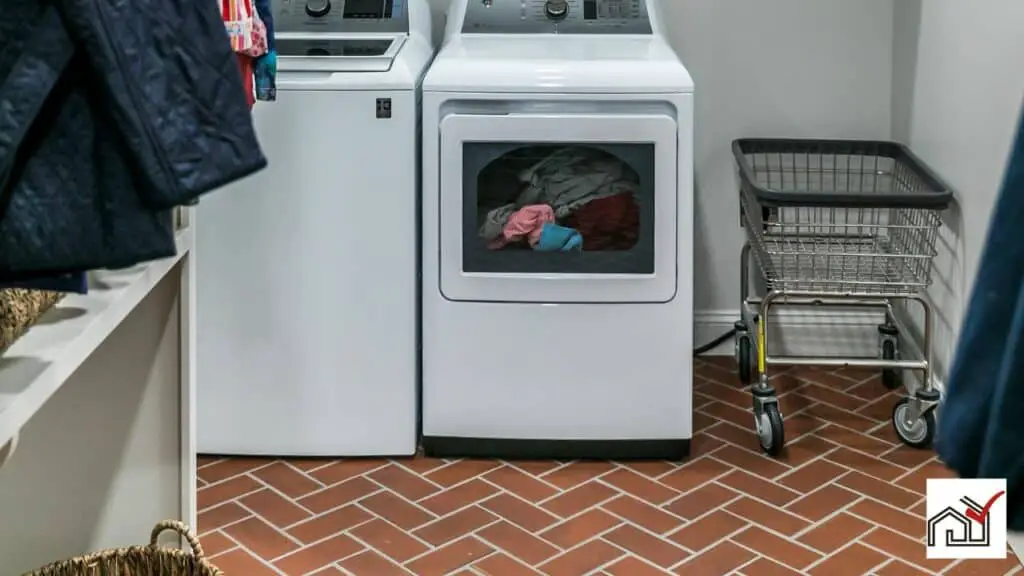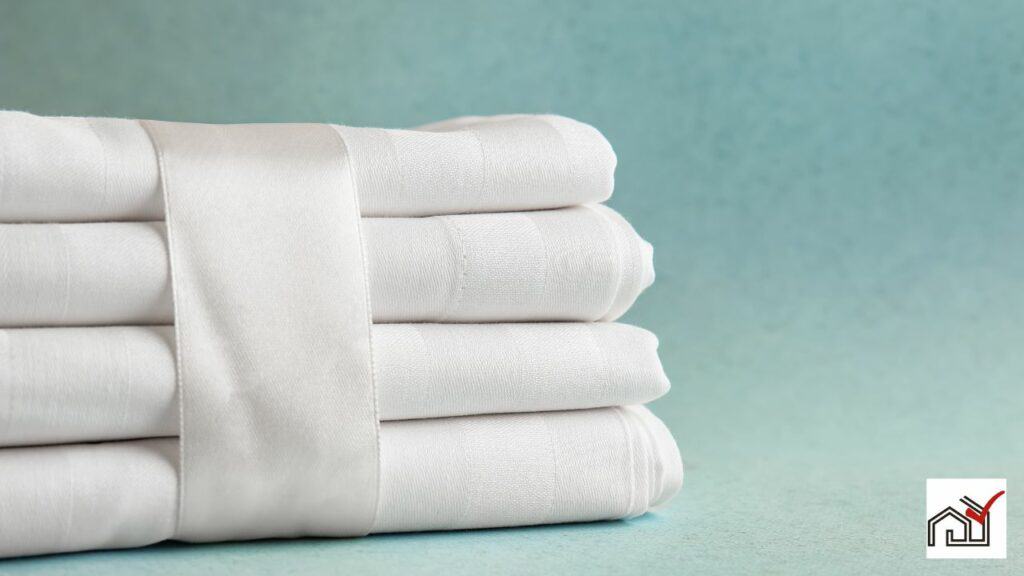Yes, you can dry a pillow in the dryer if the care label indicates it is safe to do so. Check the label for specific instructions because different materials have different requirements.
Use a low or no-heat setting to avoid damage, and consider using dryer balls for pillows with down or feather filling to help them dry evenly and stay fluffy.
If the pillow is not dryer-safe, air drying is the recommended alternative.
Following the proper drying methods is important for maintaining the quality and comfort of your pillows.
Understanding Pillow Materials
To maintain pillows, it is important to know their materials before drying.
Memory foam pillows should not go in a dryer; they need spot cleaning and air-drying.
Foam and latex pillows, made from natural or synthetic rubber, also should not be exposed to high heat or sunlight and require spot cleaning and air-drying in a ventilated area.
Polyester pillows can be machine dried on a gentle cycle with low heat to avoid damage to the fibers. Using a pillow protector can help protect the pillow during drying.
Pre-Dryer Pillow Preparation
Before drying a pillow, it should be washed and free of excess water. Wash down and down-alternative pillows in a machine without an agitator, using a mild detergent on a warm setting. Include an extra spin cycle to eliminate more water for quicker drying.
Do not machine wash foam, memory foam, or latex pillows. Instead, spot clean with a damp cloth and mild detergent. Press out water gently; do not wring.
Prepare pillows for the dryer by using a low heat setting and add dryer balls to help fluff them. Check the pillow frequently to prevent overheating or distortion. Foam-type pillows should air dry away from direct sunlight.
Proper preparation ensures the pillow's longevity and cleanliness.
Dryer Settings and Pillow Types
Dryer settings must match the pillow material for safe drying. For feather or down pillows, use a low heat setting and include dryer or tennis balls to prevent clumping. Polyester pillows also require a gentle, low-heat cycle, and dryer balls are recommended for even drying.
Memory foam and latex pillows should not be dried in a dryer due to heat sensitivity. They must be air-dried.
Buckwheat pillow covers can be washed, but hulls should only be dried in the sun.
Following these instructions will help maintain your pillows' condition.
Alternative Drying Methods
To dry pillows without a dryer, there are a few steps you can follow. First, remove excess water by pressing, not wringing, to avoid damage. Machine wash the pillows using a gentle detergent and add a bit of baking soda for freshness. After washing, lay the pillows flat on a towel in a ventilated area. It's important to keep them out of direct sunlight to prevent color fading. If you have polyester pillows, you can hang them on a clothesline to dry faster due to air circulation.
Memory foam pillows should not go in the dryer but can be air-dried. Additionally, brief exposure to sunlight can help to kill germs and mites, as well as remove allergens.
On the other hand, latex pillows cannot be washed. However, you can still reduce odors and moisture by airing them out. Spot cleaning is recommended, and make sure to air dry these pillows away from sunlight.
Lastly, buckwheat hull pillows are a bit different. You should wash their covers separately and air dry the hulls.
Pillow Care Best Practices
To extend the life and cleanliness of your pillows, follow these care tips:
- Check the care label before washing pillows to determine if they are machine washable and the appropriate settings.
- For machines with agitators, place pillows vertically to prevent damage and ensure even cleaning.
- Use a mild detergent in the recommended amount to avoid leaving residue or damaging the pillow.
- Use drying balls in the dryer to fluff pillows and remove clumps, dust, and allergens.
- Wash pillows every three months to eliminate oils, dead skin cells, and dust mites.
- Ensure pillows are completely dry before use to avoid mold and mildew growth.
These practices help keep your pillows in good condition for a comfortable and clean sleep environment.





